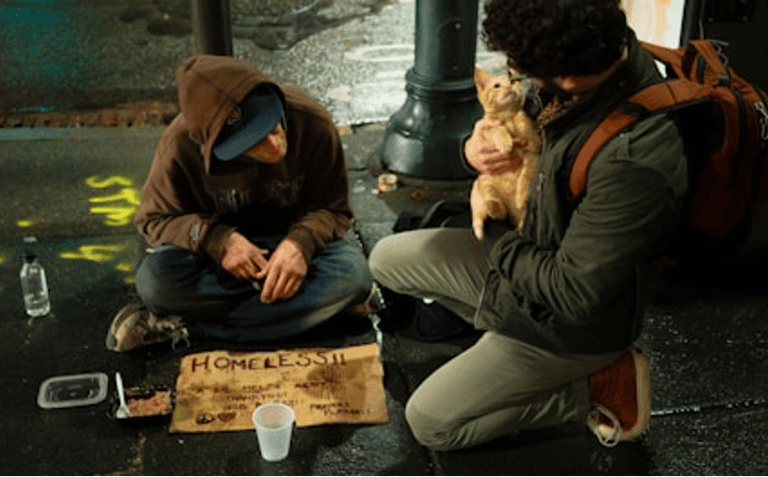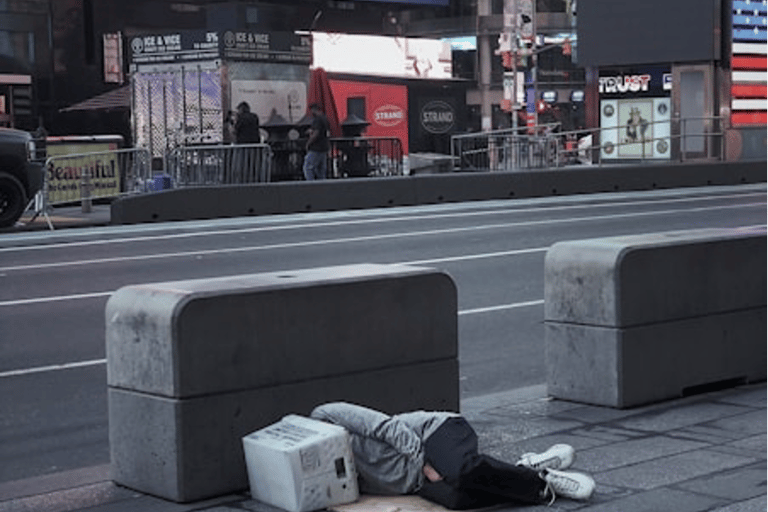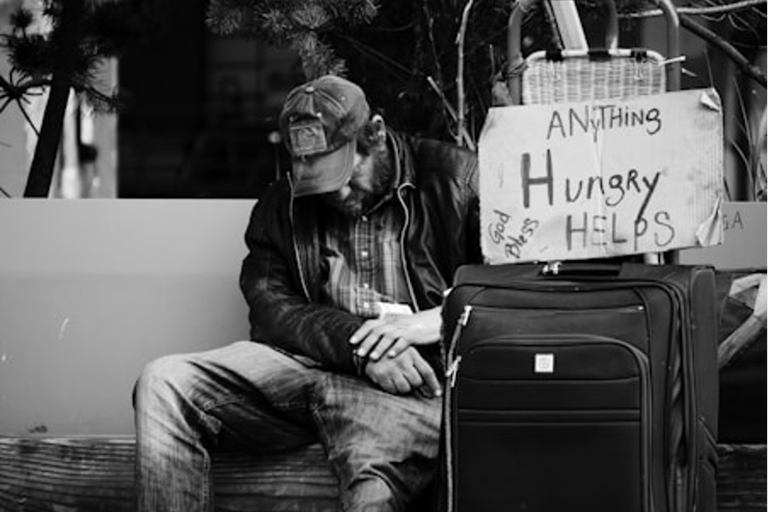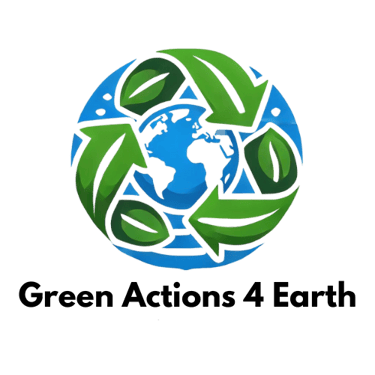A Detrimental Effect of Homelessness: Why Should Homelessness be Solved
GENERAL SOCIAL ISSUES
6/9/20243 min read


Introduction: In the United States, most commonly in big cities with high populations, it is very common to stumble upon a person sleeping outside or begging for money. Most of the time these people are homeless. Homeless people have daily troubles trying to stay alive and obtain necessary resources that are essential in day-to-day life. Furthermore, about 31% of homeless people have serious mental issues and another 24 percent have chronic substance abuses, and nearly 11,000 have HIV/AIDS (“Health”). Homelessness has always been a huge problem in America and in order to support homeless people, they need resources to be deployed in a correct and efficient way to benefit themselves and the rest of society.
Homelessness has not seen a significant improvement over the years. On one hand, rates of homelessness have not seen much change. The number of individuals experiencing homelessness has remained static over time, decreasing by one percent between 2007 and 2020 (“State of Homelessness: 2022 Edition”). On the other hand, solutions trying to solve homelessness have not been very effective. For example there is a lack of homeless shelters. Between 2015 to 2020 the rate of unsheltered homeless people has risen by 30% (“State of Homelessness: 2022 Edition”). Homeless shelters prioritize homeless children over anybody else, so that there are not enough shelters that have room for homeless adults (“State of Homelessness: 2022 Edition”). This leads to the government deploying more funds in order to help homeless people, which is “around $8.732 billion a year” (“FY 2023 Proposed Federal Budget for Homeless People”). The government gets most of its money from taxpayers. Since the government has to spend $8.732 billion a year for homeless assistance programs, that is $8.732 billion less for the government to be able to spend elsewhere on other essential projects. Not only that, but if the government keeps spending this much money without improving the status of homelessness, then it will become a vicious cycle, and the government may have to spend even more money trying to solve the issue. The only way for them to get more funding is to increase taxes, which eventually affects everyone in the United States. Even though providing more valuable resources for homeless people will cost more money at the beginning, in the long run, it will save money by solving or improving the issue.
The second detrimental effect of homelessness is a potential increase in low-level offenses. There is not very good data on misdemeanor arrests, however, it’s easiest to speak of very long- term historical trends in which arrests for low-level offenses have been common, especially for the homeless population throughout the history of the United States (Eide 122). In 2017, 20 percent of the homeless population reported having a serious mental illness, 16 percent had conditions related to chronic substance abuse, and more than 10,000 people had HIV/AIDS (“Health”). Someone with a mental illness or a substance abuse disorder who is homeless, has a greater chance of predation than a person without those issues (Eide 123).




The third harmful effect is that homelessness is a public health concern. According to the data from COVID-19 tests in 330(h) health centers, rates of COVID-19 among populations of people experiencing homelessness and other underserved populations are high. According to Johns Hopkins University’s Coronavirus Resource Center, the highest single 7-day rate of positive COVID tests for the entire United States population between the months of June and October was 7.8% (with the rate falling as low as 4.0% in that time). The National Health Care for the Homeless Council reported that COVID positivity rates for those experiencing homelessness feel in an average range of 9-12% for that same time period. Augmenting the general dangers presented by increased positivity rates among a given population, the CDC reports that since many people experiencing homelessness are often older adults or have underlying medical conditions, they may face even more severe illness due to COVID-19. (“The Impact”)Homeless people have limited ways of preventing diseases from spreading, as they cannot quarantine themselves if they do not have an available shelter. They have no medicine, Covid test kits, hand sanitizers or other healthcare supplies. Therefore, their infection rates may be higher than the general public and can spread sicknesses, like COVID, easier.
WORK CITED:
EIDE, STEPHEN. HOMELESSNESS IN AMERICA: THE HISTORY AND TRAGEDY OF AN INTRACTABLE SOCIAL PROBLEM. ROWMAN & LITTLEFIELD, 2022.
“Health” National Alliance to End Homelessness, 2022, https://endhomelessness.org/homelessness-in-america/what-causes-homelessness/health/. Accessed 22 February 2023.
“The Impact Of The Covid-19 Pandemic On Homelessness In The United States.” United Way of the National Capital Area, 2021, https://unitedwaynca.org/blog/the-impact-of-the-covid-19-pandemic-on-homelessness-in-the-united-states/. Accessed 22 February 2023.
